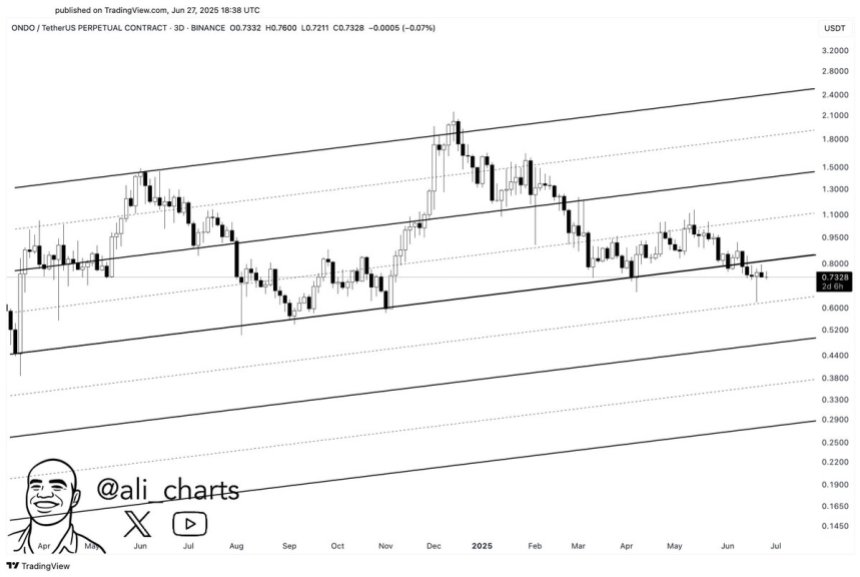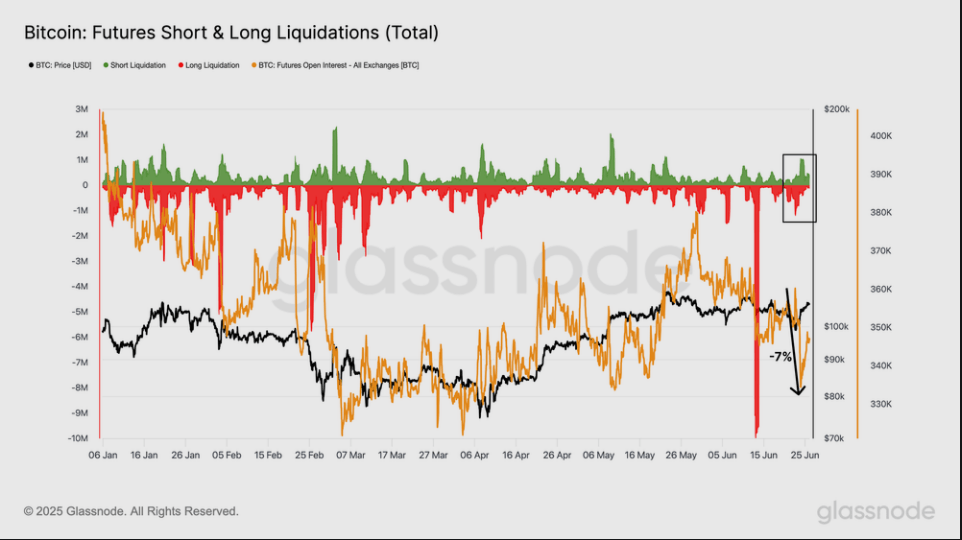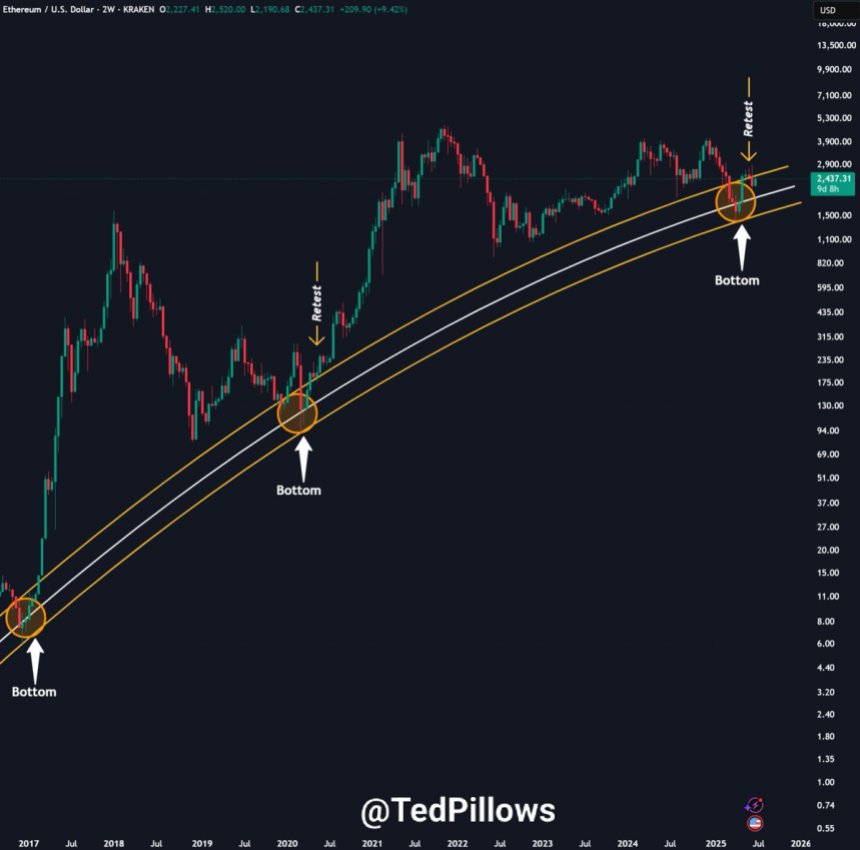Stablecoin Skepticism Grows As IMF Official Challenges Their Money Role


According to a recent analytics, stablecoins handled 35 trillion in on-chain transaction volume over the past year, with their average supply hovering around 195 billion.
Those numbers show how much these tokens fuel trades, loans and cross-border transfers. Yet questions about whether they really count as “money” are now front and center.
Stablecoin On-Chain Traffic
Based on reports , stablecoins have become the workhorses of crypto trading. Volume hit 35 trillion in the last 12 months. At the same time, their circulating supply stayed at 194.6 billion.
That steady supply suggests tokens like USDC and USDT are parked, ready for the next move. Traders shift them in and out of Bitcoin and altcoins. Payment platforms weave them into digital rails. The scale is hard to ignore.
IMF Deputy MD Raises Money Question
According to IMF Deputy Managing Director Bo Li, the big challenge is classification. Are stablecoins part of M0, M1 or a new category altogether? He posed those questions at the 2025 World Economic Forum in Davos.
Getting that wrong could reshape how banks set reserves and how regulators cut red tape. Li also pointed out that policy experiments are popping up all over. Some of them may not survive a real stress test.
National Rules DivergeKey Takeaways: IMF’s Bo Li said regulatory uncertainty around stablecoins persists, especially regarding classification and enforcement. Global financial bodies are working to align frameworks but… https://t.co/V75hFYV5pX #Stablecoin #Cryptocurrency #IMF #Regulation #Finance
— Entrepreneur_cm (@entrepreneur_cm) June 25, 2025
Based on policy outlines, the US is moving ahead with the GENIUS Act . Europe has drafted its own rulebook. Over in Asia, Hong Kong plans to roll out its Stablecoin Ordinance in August 2025.
Those efforts show a strong push to make rules more clear. But they also underscore a lack of global unity.
Businesses could face one set of rules in New York, another in Brussels and a third in Hong Kong. That patchwork approach risks adding costs for firms and confusion for users.
 Global Bodies Seek Cooperation
Global Bodies Seek Cooperation
According to Bo Li’s remarks, fragmented rules carry real risks. He warned that gaps in enforcement might let bad actors slip through.
To avoid that, the IMF is teaming up with the Financial Stability Board and the Basel Committee. Their goal is to craft more consistent guidance. If they pull it off, regulators in different countries might follow a shared playbook rather than compete by cutting corners.
Market Keeps GrowingBased on market data, stablecoin supply has now topped 250 billion. A large share of that capital is parked in Bitcoin, waiting for the next rally. Some analysts spot chart patterns that echo early altcoin breakouts.
That could signal a fresh surge of trading across tokens once confidence builds. For now, stablecoins sit at the center of crypto plumbing.
Featured image from Unsplash, chart from TradingView

ONDO Breaks Out Of Ascending Channel – Analyst Sets $0.29 Target
ONDO is under pressure after a sharp 33% decline from its May highs, reflecting growing uncertainty ...

The $100K Mirage: Bitcoin’s Rally Not Backed By On-Chain Strength
Bitcoin briefly climbed back above $100,000 this month, pushing close to the $108,000 level before a...

Ethereum Holds Critical Long-Term Channel – Next Move Could Be Parabolic
Ethereum is showing signs of renewed strength, trading 75% above its April lows as bulls attempt to ...

